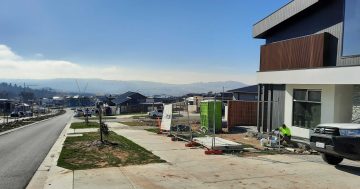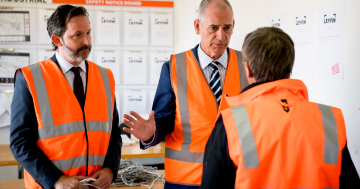
Ryan Broadhurst from Belle Property. Photo: Supplied.
You’ve received your annual rates from the ACT Government but are puzzled by the ‘unimproved value’ figure. What does it mean exactly? How does the government calculate it? How often is it revised? Should you even care?
“These are all good questions,” says real estate agent Ryan Broadhurst, from Belle Property. “One thing is for sure, you should take note of unimproved value because government uses it to calculate your rates and land tax.”
To demystify the topic, it’s important to understand what unimproved value is.
“Essentially it’s the dollar figure a block of land is deemed worth without any improvements on it,” says Ryan. “Improvements include buildings, paths, fences, landscaping or other features such as swimming pools. This is different from “full value” or “market value” which does include improvements.”
When you buy a property, you’re paying for the land and the house on that land. This means the higher the unimproved value, the higher the likely purchase price. In Canberra, the unimproved value per square metre varies between suburbs with higher priced properties paying higher square-metre amounts.
Unimproved values are determined by qualified, independent valuers who calculate the value on various factors, including the location of the land and comparable vacant land sales.
“The amount can more than double between, say Tuggeranong, and prime properties in the Inner South, which can pay more than $1,000 a square metre,” says Ryan. “Most purchasers factor the unimproved value in from the beginning, with the figure noted on marketing material. It can help as a bit of a guide on where a property should sit price wise.”
Homeowners should keep an eye on their land values because they can rarely remain the same over time according to the ACT Revenue Office, which reports on its website that “values within the same area and between areas may change, and the prices people are willing to pay when they buy property are good indicators of these changes.”
But what if you own a unit?
“For valuation purposes, the ACT Government treats unit title developments as single properties,” says Ryan. “The difference is that the individual owner doesn’t receive the valuation notice, the owner’s corporation does.”
If an owner believes their unimproved value is incorrect, they can lodge an objection. They must do so within 60 days, however, with the clock ticking from the date they receive their valuation notice. If the deadline is missed, the owner must wait until they receive their next annual valuation notice before taking action.
Objections must be submitted in writing through this contact form on the ACT Revenue Office website or owners can write to the Commissioner for ACT Revenue stating why they object. Owners of a unit in a complex can’t object as an individual. Instead, the owner’s corporation acts on behalf of all unit owners. The ACT Revenue Office assess all objections and responds on the outcome in writing.
Ryan says most home buyers note the unimproved value when making a decision on purchasing a home but ultimately buy based on the features and location of the home itself.















